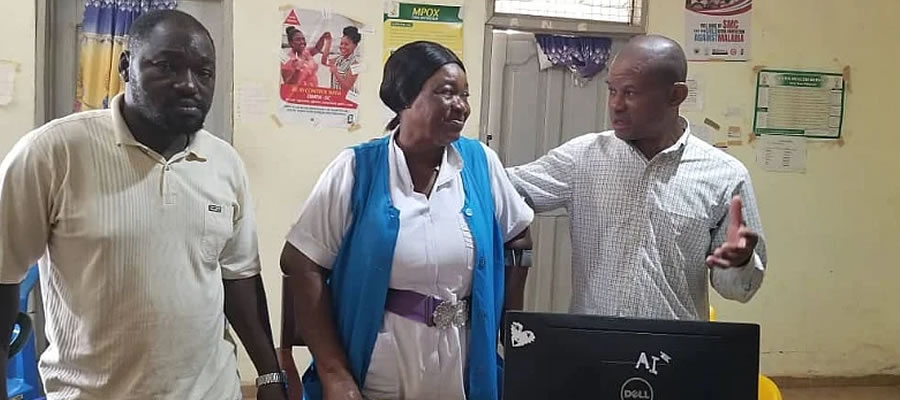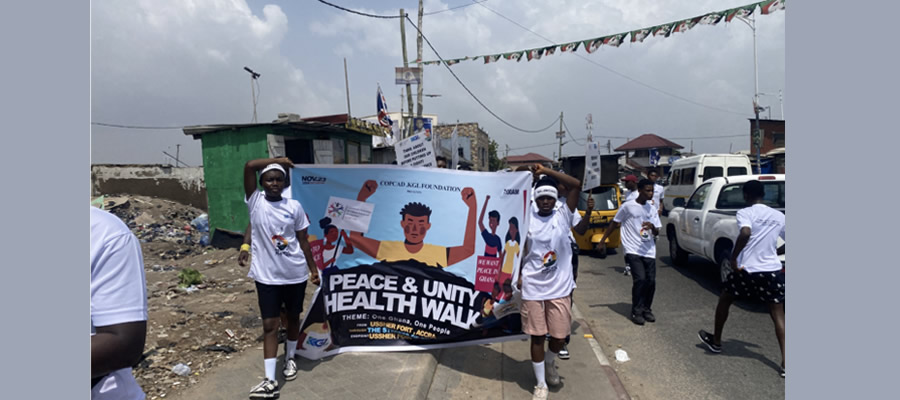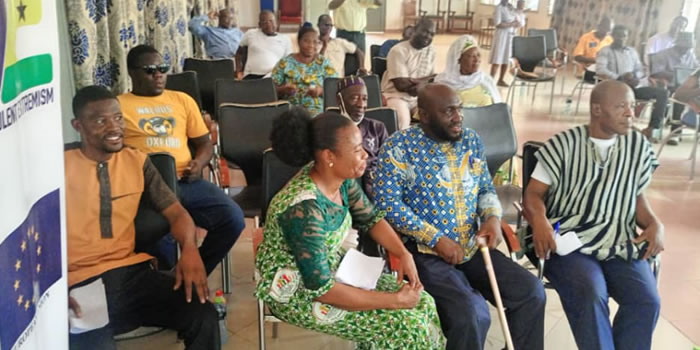

DISABILITY
Introduction
According to GSS (2013), disability is inability to or being restricted in the performance of specific tasks/activities due to loss of function of some part of the body as a result of impairment or malformation. Disability, in whatever form or type, reduces one’s potential ability to function fully thus people living with disabilities (PWDs) are often regarded as unproductive.
This sometimes results in unnecessary discrimination against PWDs. Ghana in an attempt to guarantee the rights of PWDs, aside making a constitutional provision for general fundamental human rights which include PWDs in the 1992 constitution of the republic of Ghana, ratified and adopted the Convention on the Rights of PWDs and the African Decade of the Disabled Persons, all seeking to protect the rights of all PWDs and to promote and respect their inherent dignity (GSS, 2013).
In order to get data on population with disability, the 2010 PHC asked questions on specific disabilities, namely sight, physical (mobility), emotional, hearing, speech intellectual and other forms of disability or conditions prevailing in the country.
This chapter analyses the distribution of the population of KNWD by disability type, sex and level of education. It is however worth noting that within the population with disability, some PWDs reported multiple disability conditions hence the computed percentages of disability types in the tables under this chapter may not necessarily add up to 100 percent.
Population with Disability
Table 6.1 shows the distribution of PWDs by locality type in KNWD of Upper East Region. The data shows that the percentage of PWDs in the district is 6.3 percent. Out of the total population with disability, those with sight disabilities constitute 43.8 percent, emotional 20.7 percent, hearing 20.1 percent, physical 18.8 percent, intellectual 10.0 percent and other forms of disabilities account for 5.1 percent. Out of the total number of males recorded in the district, 6.3 percent have disabilities.
Again, of the male population with disabilities, majority have sight disabilities (40.4%), followed by those with emotional challenges (20.3%), physical (19.4%) and hearing (17.5%). The proportions of population with speech and intellectual disorders were almost equal, 11.8 percent and 11.2 percent respectively.
For females with disabilities, those with sight disorders (47.1%) are in the majority. Those with hearing problems account for 22.6 percent while 21.0 percent have emotional disabilities. Physical disability accounts for 18.2 percent and intellectual 9.1 percent.
Distribution by Type of Locality
Table 6.1 shows that visual or sight disability is the most common type of disability among PWDs in both urban (46.7%) and rural areas (43.3%), followed by physical disability in urban areas (18.6%) and in rural areas (18.8%). However, the percentage of PWDs with 46 hearing disability is higher in rural areas (20.5%) than in urban localities (17.9%). The proportion of PWDs with emotional challenges is lower in urban (15.6%) than in rural (21.5%) localities. Intellectual disability is greater (12.3%) in urban areas than in rural areas (9.8%).
Table 6.1 further shows that visual or sight impairment is the most common type of disability among male population in both urban (41.3%) and rural (40.2%) areas. In the urban areas, physical disability (19.1%) is the next most prevalent disability condition among males after sight, whereas in the rural areas it is the third and accounts for 19.5 percent of the male population with disability. Hearing disability accounts for 16.3 percent of urban male population with disability and 17.6 percent of rural male population with disability.
Visual or sight disability is the most common type of disability among the female population in both urban (50.9%) and rural (46.3%) areas, followed by hearing disability in urban areas (19.0%) and in rural areas (23.3%) . However the proportion of urban females with physical disability (18.2%) is the same for both localities.
Disability and Activity
Table 6.2 provides an analysis of Persons 15 years and Older with Disability by Sex and economic activity status in KassenaNankana West District. Out of the total of 3,698 persons with disability in the district, 2,380 constituting 64.4 percent are employed, 1.5 percent are unemployed while 26.9 percent are economically not active.
Among the various types of disabilities, persons with emotional disability reported the highest proportions of the employed (78.1%), about 0.9 percent of them are unemployed and 41.3 percent are economically not active.
With respect to sex and type of disability, the category of male PWDs with the majority of the employed is emotional disability accounting for 74.4 percent, 1.7 percent is unemployed and 23.6 percent are economically not active. In the case of the females, emotional disability also accounts for the highest proportion of the employed constituting 68.5 percent, with 1.3 percent unemployed while 30.1 percent are economically not active. While persons with intellectual disability form the least proportion of males employed (58.5%), among the females, it is physical disability accounting for 47.6 percent
Date Created : 11/21/2017 3:52:29 AM








 facebook
facebook
 twitter
twitter
 Youtube
Youtube
 +233 593 831 280
+233 593 831 280 0800 430 430
0800 430 430 GPS: GE-231-4383
GPS: GE-231-4383 info@ghanadistricts.com
info@ghanadistricts.com Box GP1044, Accra, Ghana
Box GP1044, Accra, Ghana